Random Decisions Are Expensive
It seems obvious that it makes no sense to randomly choose between options we are presented with. In this text, I’ll set up and run a simple simulation that illustrates this. The simulation is another way to think about the impact of decision governance, even if in a very simple setting.
This text is part of the series on decision governance. Decision Governance is concerned with how to improve the quality of decisions by changing the context, process, data, and tools (including AI) used to make decisions. Understanding decision governance empowers decision makers and decision stakeholders to improve how they make decisions with others. Start with “What is Decision Governance?” and find all texts on decision governance here.
If random decisions made sense, then it would not be very valuable to know how to improve decision making, and decision governance would not be interesting at all. While it’s taken for granted that random decisions (roughly, choosing any option without a particular reason) are not the way to go in most situations where you care about the outcome, it is not easy to see just how costly they are, when contrasted with a strategy that seems simple, is not optimal, but improves on random choice.
To illustrate this, let’s say that we have two agents. They both start from the same position in a grid, and need to reach the same goal position within the same grid. To make this simple, we’ll say that they both start in the upper left corner, and their goal is to reach the lower right corner of the grid.
If an agent is in a cell of the grid, at each time period, that agent can move only to the adjacent cell in the grid. Agents, in other words, move at the same speed in the grid.
The key difference between the agents is this:
- Agent X chooses randomly the cell that they will move to next, and this agent has no memory: it moves across the grid without remembering if it already visited the cell it will visit next.
- Agent Y also has no memory, but there’s governance which tracks where Y was, compensating for lack of agent’s memory, and requires the agent to avoid revisiting a cell – every time the agent revisits a cell, they bear a cost of 1.
X chooses randomly, and while Y has to follow a rule, it is much cheaper than X’s: Y will take fewer steps on average than X to reach the same goal from the same starting position.
For 1000 runs of the simulation of the above, X takes on average about 7387 steps to reach the goal, while Y takes an average of 2057 steps.
Below are twenty images, each a run of X or Y. Images on the left are for Agent X, and those for Agent Y are on the right. In an image, if an agent visited the cell, then a circle is drawn in the cell, and the more times the agent visited that cell, the less transparent the color of the circle. If you download an image and zoom in, you will notice that there is a number in every circle – the number shows the number of times the agent visited that cell. Random choice on average takes longer to get the agent to its goal.
Agent X, 10 simulation runs, without decision governance
Agent Y, 10 simulation runs, with decision governance

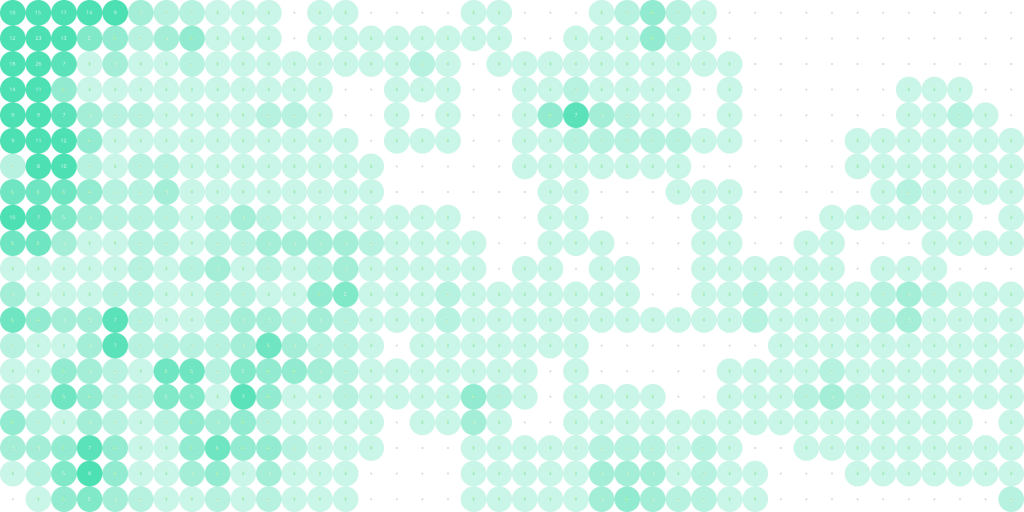
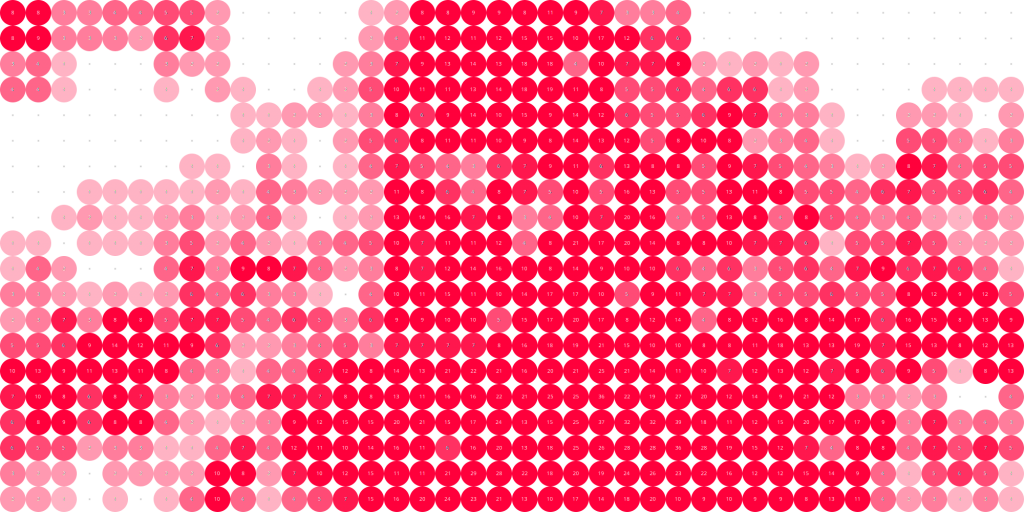

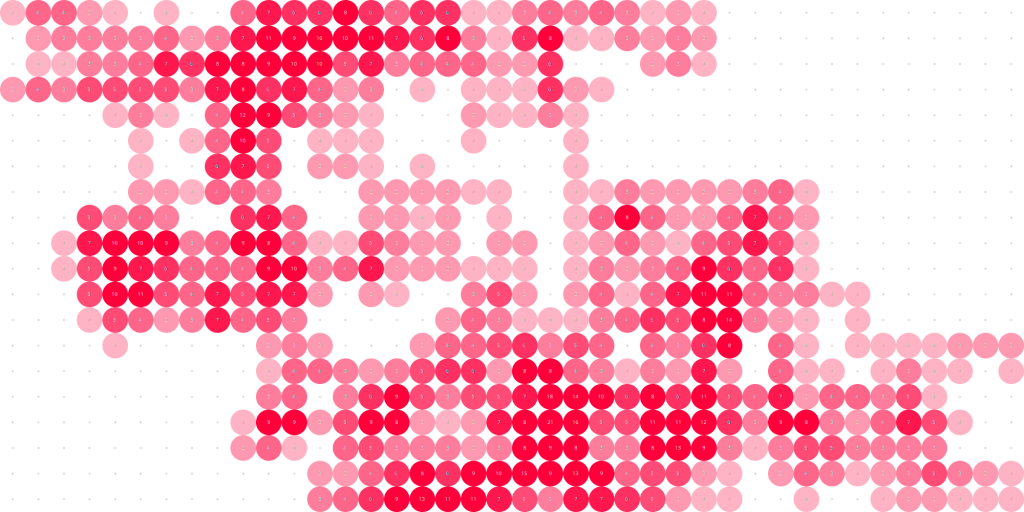
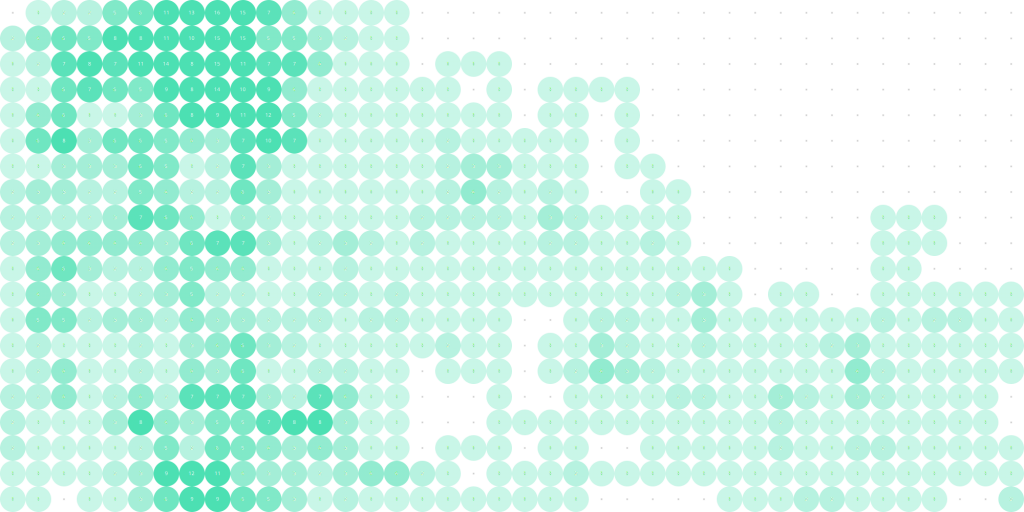

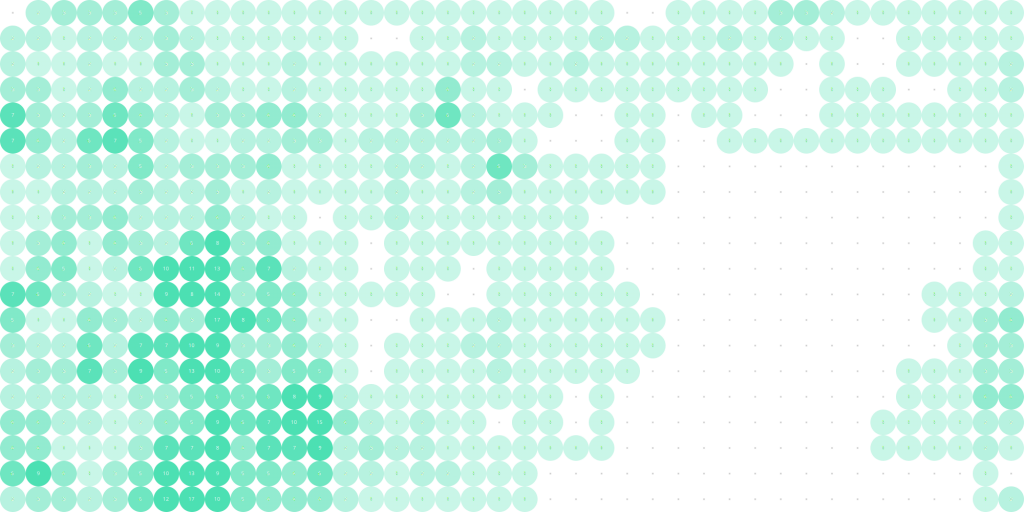


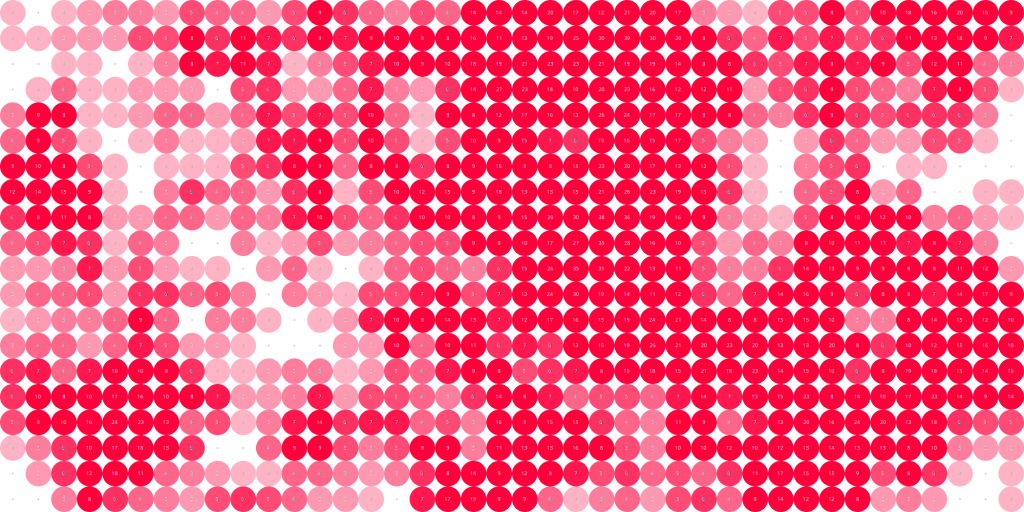
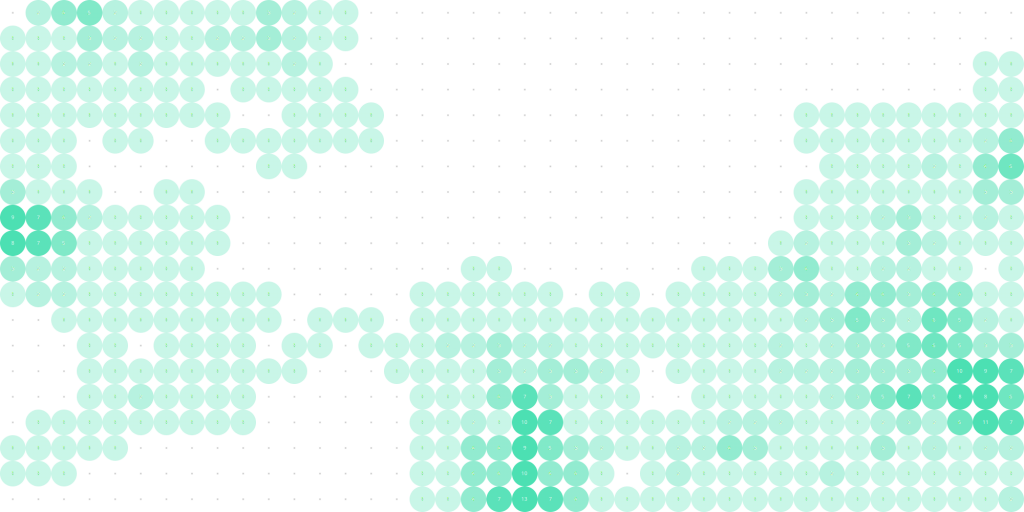
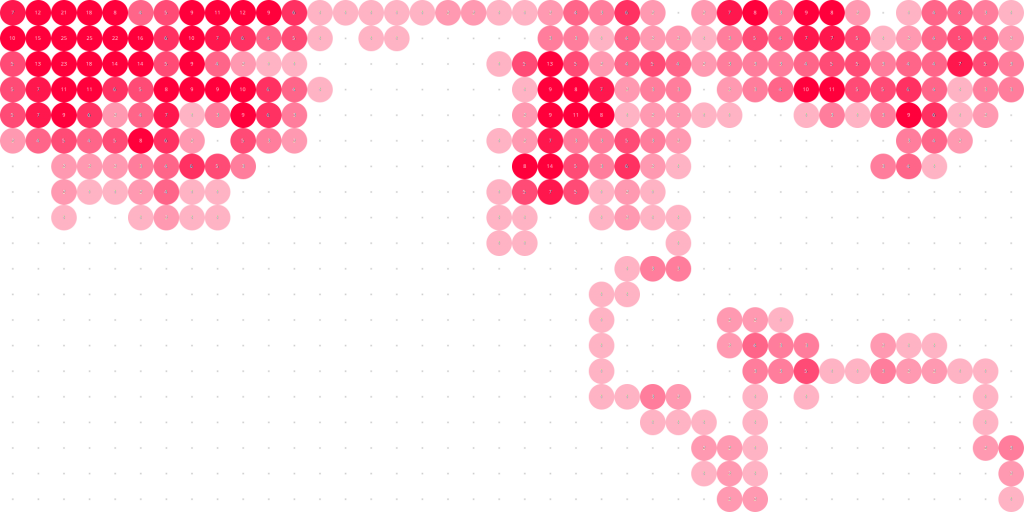
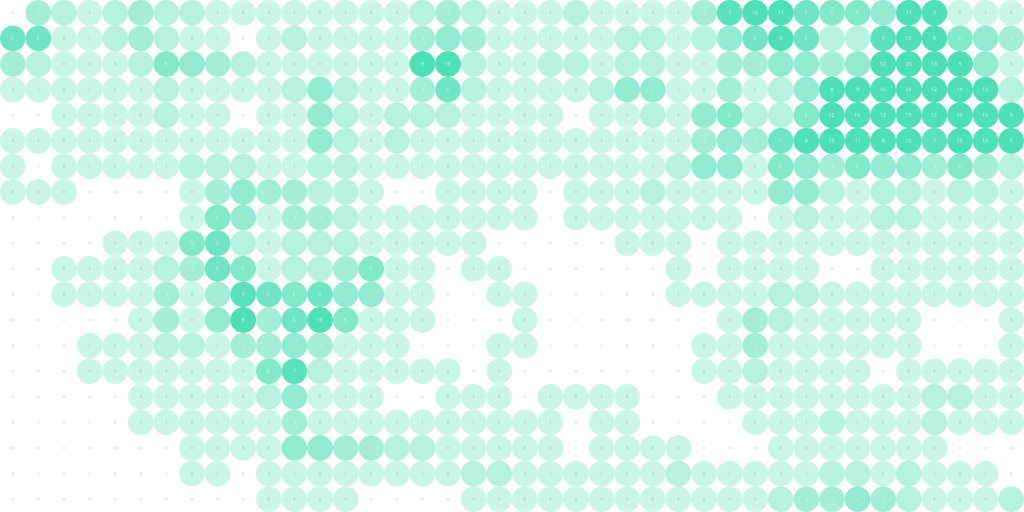
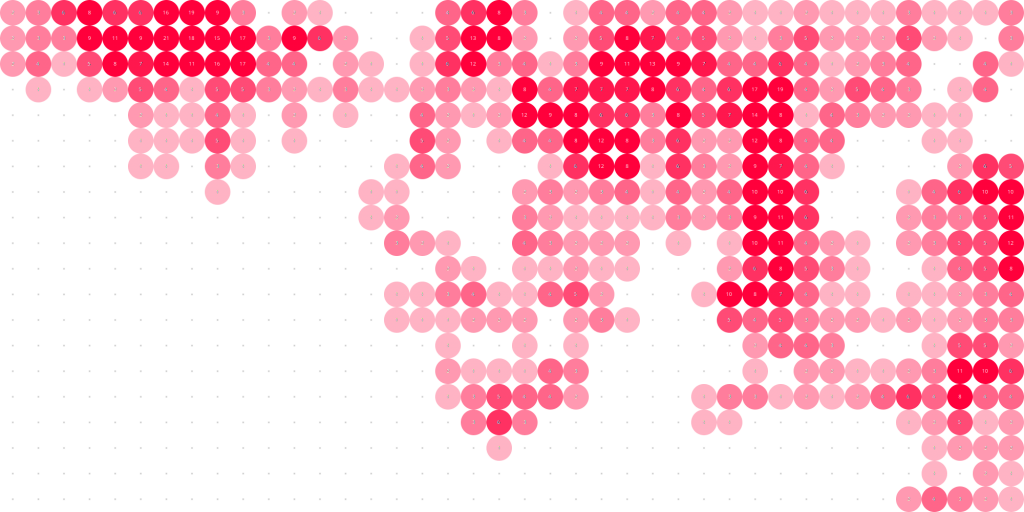
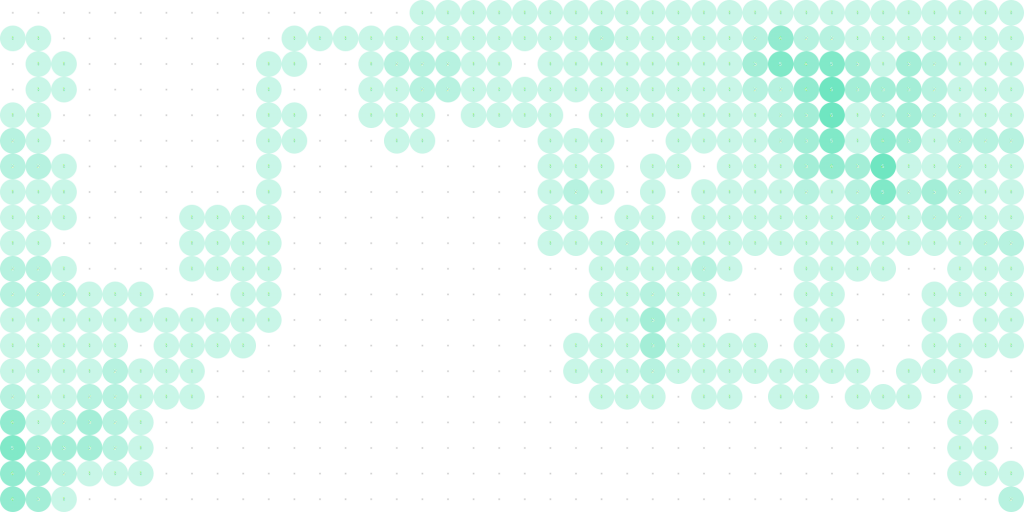

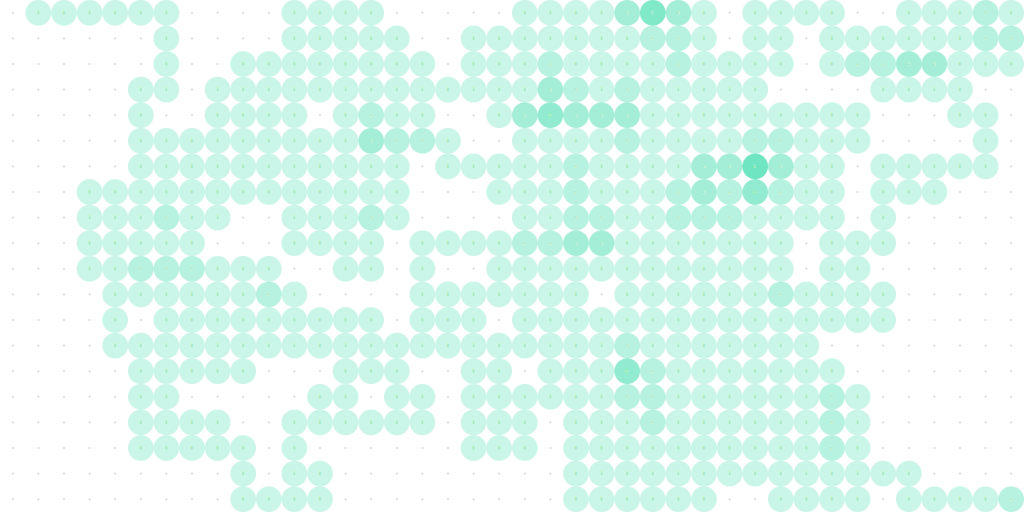
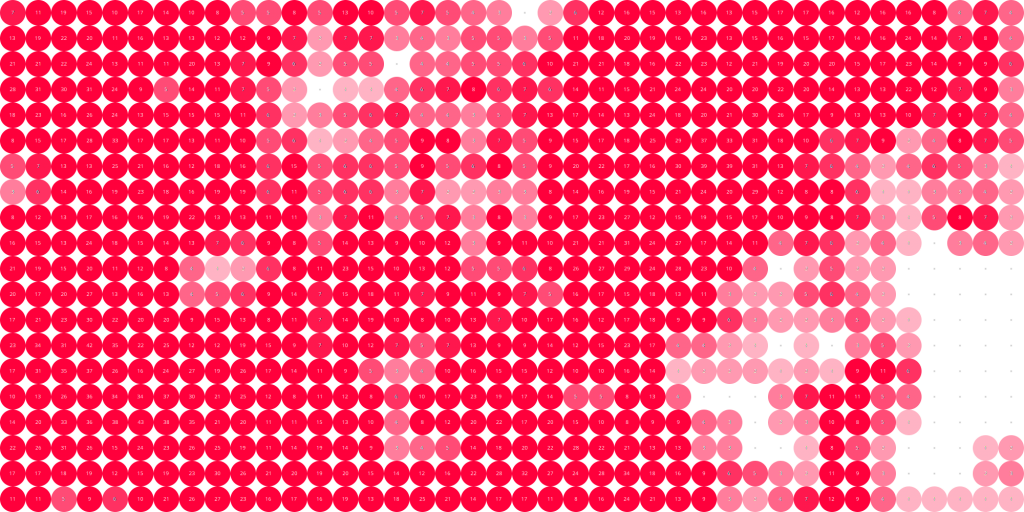
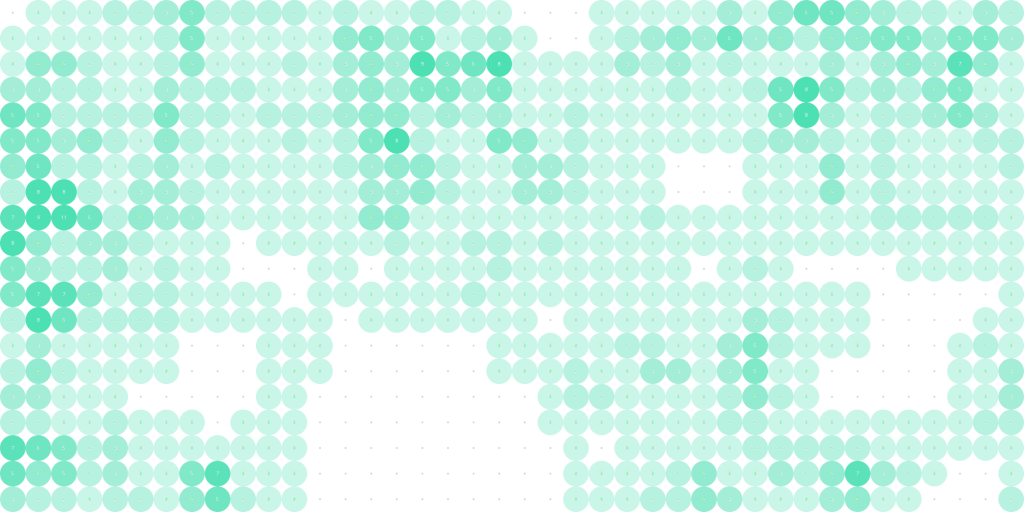
Code for simulations is available at github, here.
Decision Governance
This text is part of the series on the design of decision governance. Other texts on the same topic are linked below. This list expands as I add more texts on decision governance.
- Introduction to Decision Governance
- Stakeholders of Decision Governance
- Foundations of Decision Governance
- How to Spot Decisions in the Wild?
- When Is It Useful to Reify Decisions?
- Decision Governance Is Interdisciplinary
- Individual Decision-Making: Common Models in Economics
- Group Decision-Making: Common Models in Economics
- Individual Decision-Making: Common Models in Psychology
- Group Decision-Making: Common Models in Organizational Theory
- Role of Explanations in the Design of Decision Governance
- Design of Decision Governance
- Design Parameters of Decision Governance
- Factors influencing how an individual selects and processes information in a decision situation, including which information the individual seeks and selects to use:
- Psychological factors, which are determined by the individual, including their reaction to other factors:
- Attention:
- Memory:
- Mood:
- Emotions:
- Commitment:
- Temporal Distance:
- Social Distance:
- Expectations
- Uncertainty
- Attitude:
- Values:
- Goals:
- Preferences:
- Competence
- Social factors, which are determined by relationships with others:
- Impressions of Others:
- Reputation:
- Promises:
- Social Hierarchies:
- Social Hierarchies: Why They Matter for Decision Governance
- Social Hierarchies: Benefits and Limitations in Decision Processes
- Social Hierarchies: How They Form and Change
- Power: Influence on Decision Making and Its Risks
- Power: Relationship to Psychological Factors in Decision Making
- Power: Sources of Legitimacy and Implications for Decision Authority
- Power: Stability and Destabilization of Legitimacy
- Power: What If High Decision Authority Is Combined With Low Power
- Power: How Can Low Power Decision Makers Be Credible?
- Social Learning:
- Psychological factors, which are determined by the individual, including their reaction to other factors:
- Factors influencing information the individual can gain access to in a decision situation, and the perception of possible actions the individual can take, and how they can perform these actions:
- Governance factors, which are rules applicable in the given decision situation:
- Incentives:
- Incentives: Components of Incentive Mechanisms
- Incentives: Example of a Common Incentive Mechanism
- Incentives: Building Out An Incentive Mechanism From Scratch
- Incentives: Negative Consequences of Incentive Mechanisms
- Crowding-Out Effect: The Wrong Incentives Erode the Right Motives
- Crowding-In Effect: The Right Incentives Amplify the Right Motives
- Rules
- Rules-in-use
- Rules-in-form
- Institutions
- Incentives:
- Technological factors, or tools which influence how information is represented and accessed, among others, and how communication can be done
- Environmental factors, or the physical environment, humans and other organisms that the individual must and can interact with
- Governance factors, which are rules applicable in the given decision situation:
- Factors influencing how an individual selects and processes information in a decision situation, including which information the individual seeks and selects to use:
- Change of Decision Governance
- Public Policy and Decision Governance:
- Compliance to Policies:
- Transformation of Decision Governance
- Mechanisms for the Change of Decision Governance